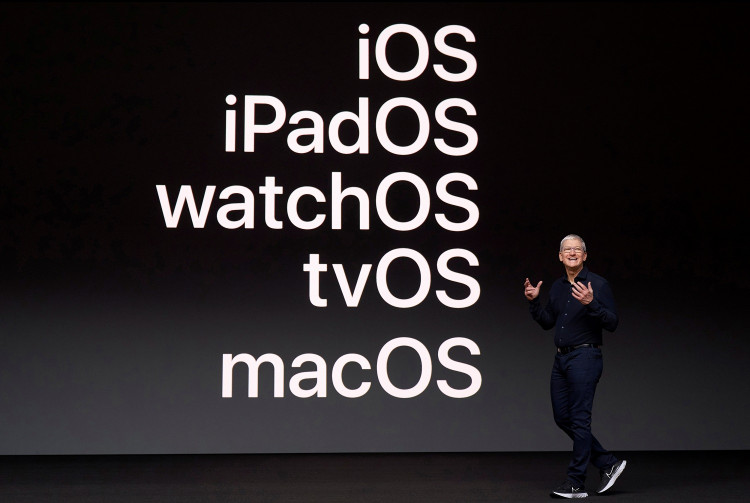Apple's WWDC keynote brought a lot of important news. Among them is the addition of new features to its novel TV software, which was announced via a livestream event for the first time in history.
Apple has added camera integration from HomeKit-supported smart video cameras and doorbells, a new picture-in-picture mode, and added updates to Apple Arcade. The Cupertino tech giant has also added support for watching YouTube videos in 4K, and users can now connect two sets of AirPods as well.
The Apple Arcade video game service can now be paired with the Xbox Adaptive and Xbox Elite Series 2 controllers, and it's now capable of supporting multiple profiles. Lastly, AirPlay now has support for 4K streaming of videos from the Photos app on your iPad or iPhone.
The TVOS' new features were announced after the reveal of new features for WatchOS7, iPadOS 14, and iOS 14. As with Apple's previous major updates, the TVOS' new features will arrive in the final months of the year.
The newest update to Apple's TV software will make the company even more known in the smart TV market as well as within media streamers.
Back to Apple's upcoming iOS 14 and iPadOS14, the company also announced that it would allow non-developers to install the new software before its official rollout. The public beta for both operating systems will happen sometime in July -- the tech giant is yet to announce a specific launch date.
For now, those who want to try the operating systems will need to have an Apple developer account to gain access to the first beta releases. It will cost around $100 a year, but this fee already gives you access to all beta releases throughout the year and publishing apps in the App Store.
Apple limits its releases to developers only each year because brand-new software is often buggy. There are several things that probably won't work, and your phone will most likely crash or randomly restart. It's all part of the process of perfecting a piece of software.
If you're not ready for these system errors, wait until Apple releases the operating system for everybody. Otherwise, you can tinker with the buggy OS but do it on a spare device instead. It's best not to get the upcoming OS on your main device when things are most likely unstable.
Stay tuned for more news about this year's first livestreamed WWDC.





